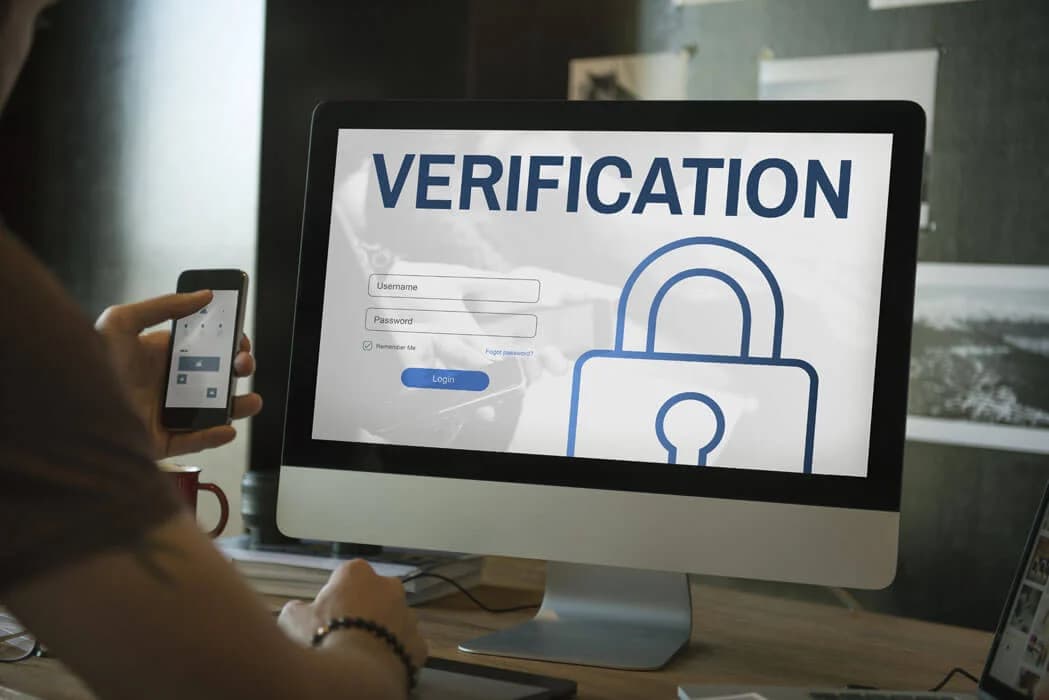
January 22, 2021
The Growing Need for Digital Identity Verification

Emma Griffin

Emma Griffin
Emma Griffin is a Product Marketing Manager at Socure, where she leads go-to-market strategy for cutting-edge identity verification and fraud prevention solutions. With over five years at Socure and deep experience across all areas of B2B marketing, she blends strategic storytelling with technical acumen to bring innovative products to market. Prior to her career in tech, Emma toured the globe as a professional Irish dancer with Michael Flatley’s Lord of the Dance and spent several years as a certified Irish dance instructor—bringing the same discipline and precision to every stage of her career.